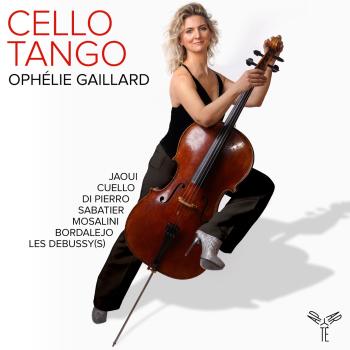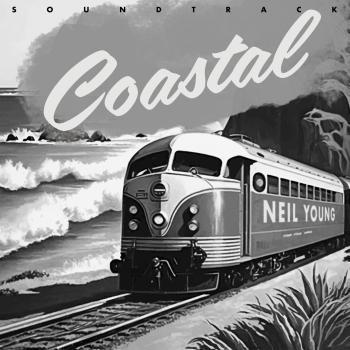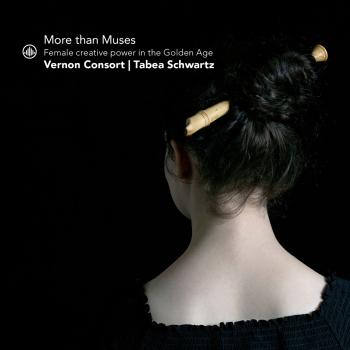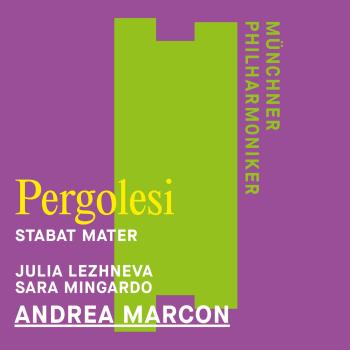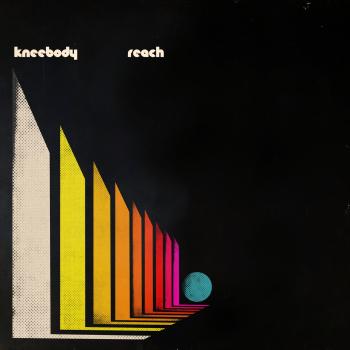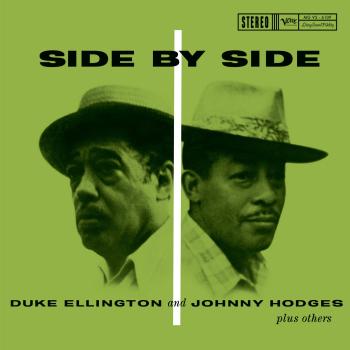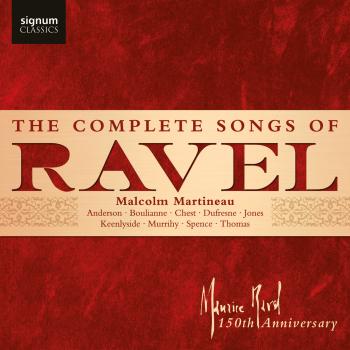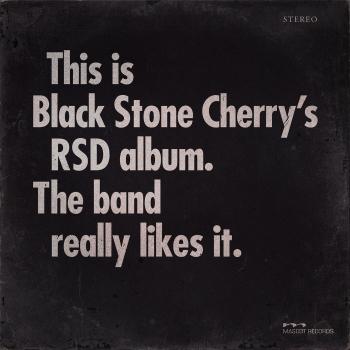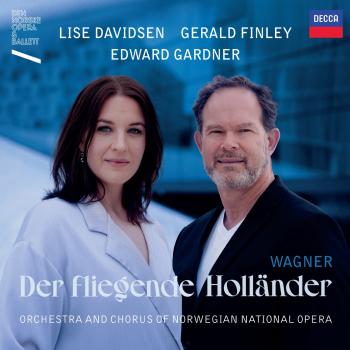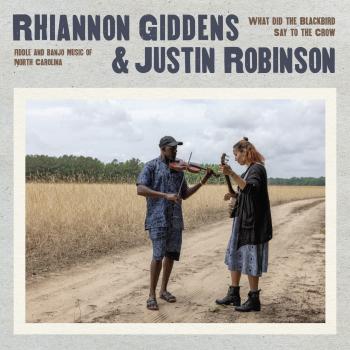
Enescu: Symphony No. 2, Chamber Symphony in E major, Op. 33 H. Lintu & Tampere Philharmonic Orch.
Album Info
Album Veröffentlichung:
2012
HRA-Veröffentlichung:
09.07.2012
Label: Ondine
Genre: Classical
Subgenre: Chamber Music
Interpret: H. Lintu & Tampere Philharmonic Orch.
Komponist: George Enescu (1881–1955)
Das Album enthält Albumcover Booklet (PDF)
- Symphony No. 2, Op. 17
- 1 I. Vivace, ma non troppo 20:10
- 2 II. Andante giusto 14:27
- 3 III. Un poco lento, marziale 04:01
- 4 IV. Allegro vivace, marziale 14:49
- Chamber Symphony for 12, instruments, Op. 33
- 5 I. Molto moderato, un poco maestoso 05:54
- 6 II. Allegretto molto moderato 03:55
- 7 III. Adagio 02:04
- 8 IV. Allegro molto moderato 03:58
Info zu Enescu: Symphony No. 2, Chamber Symphony in E major, Op. 33
George Enescu is Romania's most important composer and one of the most neglected composers of the 20th century. With this release the Tampere Philharmonic Orchestra under the baton of its artistic director Hannu Lintu demonstrates a master of great orchestral colour and impressive imagination. Artistic director of the Tampere Philharmonic Orchestra since 2009, Hannu Lintu has rapidly been creating an international career and is a sought-after conductor. From 2013 onward he will assume the post of chief conductor of the Finnish RSO.
This release is the first of an Enescu cycle with Hannu Lintu. Two more, featuring, among others, symphonies no. 1 and 3 will follow 2013 and 2014.
A curious coupling this, bringing together major works from the beginning and end of Enescu's creative career. His technical skill as a composer is just as evident in both works, but the intervening years, between the 2nd Symphony in 1912 and the Chamber Symphony in 1954, made him the distinctive musical voice we think of today.
When Enescu composed his Second Symphony, he was an itinerant violin soloist, visiting many of the cultural centres of Europe. This may explain the many musical influences pulling the music in all sorts of different directions. When Ensecu writes swooning Romantic music it sounds like Rachmaninov, but when he's being more restrained he sounds like Elgar. A French accent can also be detected throughout much of the piece, while its sometimes terse thematicism leans towards Brahms. But it all holds together, thanks in large part to Enescu's skills in melodic contouring, efficient counterpoint and colourful orchestration. The use of percussion, both tuned and untuned, is particularly imaginative, but is about the only forward-looking aspect of this otherwise resolutely 19th century piece.
The Chamber Symphony, in contrast, is clearly a product of its time. The title suggests influence from Schoenberg, but the connection is difficult to pin down. Like Schoenberg's Chamber Symphonies, this piece makes a musical virtue of its ability to produce symphonic textures from limited instrumental means. Piano and trumpet often dominate the textures, and there are also a number of appealing flute solos. This is the music of an old man: Enescu was in his 70s when he composed it and is was to be his final work. But you get a sense of a lifetime's musical experience being distilled into this concise score. It's not as flamboyant or overt as the Second Symphony, but it's just as attractive.
Conductor Hannu Lintu finds the ideal tone for both works with his Tampere forces. The playing is lively and inspired, and the ensemble and balance are excellently controlled. Lintu doesn't go in for excesses of rubato or dynamic extremes, and the Second Symphony sometimes feels a little repressed as a result. It's the right approach for the Chamber Symphony though, where precision and clarity are all.
This is an attractive release. Erudite liner notes from no less an authority than Jim Sampson act as a welcome guide for those of us who don't know our Enescu quite as well as we might. It is clear from this disc that his symphonic music deserves wider recognition than it is currently afforded. (Gavin Dixon, Classical-cd-reviews.com)
Tampere Philharmonic Orchestra:
Dennis Kim, violin
György Balázs, viola
Panu Saari, cello
Petri Mäkiharju, double bass
Annaleena Puhto, flute
Julien Weber, oboe
Heikki Pöyhönen, English horn
Jarmo Hyväkkö, clarinet
Aleksei Dmitrjev, bassoon
Ismo Ponkala, French horn
Jonas Silinskas, trumpet
Tuomas Turriago, piano
Hannu Lintu, conductor
Recording: Tampere Hall, 24.8.2011 (Chamber Symphony), 3–5.1.2012 (Symphony No. 2)
Executive Producer: Reijo Kiilunen
Recording Producer: Seppo Siirala
Recording Engineer: Enno Mäemets – Editroom
A 24-bit recording in DXD (Digital eXtreme Defnition)
Keine Biografie vorhanden.
Booklet für Enescu: Symphony No. 2, Chamber Symphony in E major, Op. 33

